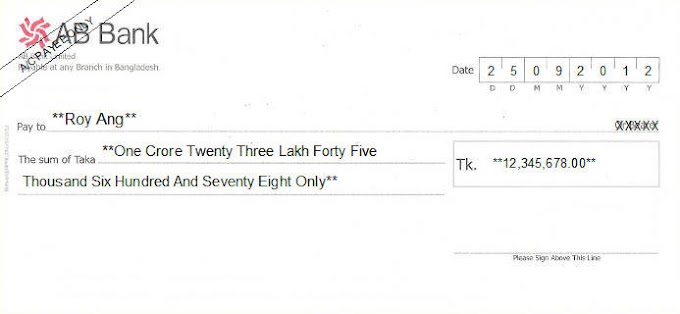Introduction:
In today's digital age, keeping our personal information secure is more important than ever. Passwords have been the go-to method for securing our online accounts for years, but with the rise of cyberattacks and data breaches, it's becoming increasingly clear that passwords aren't enough. That's where passkeys come in.
Google has recently introduced passkeys as an alternative to passwords, providing a more secure and convenient way to sign in to your Google account. In this article, we'll explore what passkeys are, how they work, and why they might be a better option than traditional passwords.
What are passkeys?
Passkeys are a type of authentication method that provides a secure and simple way to access your online accounts. Unlike passwords, which are typically made up of a combination of letters, numbers, and symbols, passkeys are a series of unique images or shapes that you choose to represent your account.
When you set up a passkey, you'll be asked to select a series of images or shapes that are meaningful to you. For example, you might choose a picture of your dog, your favorite vacation spot, or a specific symbol that has personal significance. You'll then be prompted to arrange these images in a specific order, creating a unique pattern that only you will know.
How do passkeys work?
When you sign in to your Google account using a passkey, you'll be presented with a grid of images or shapes that correspond to the ones you selected when setting up your passkey. You'll then need to select the images in the same order as your original pattern, essentially "drawing" your passkey to gain access to your account.
Because passkeys are unique to each user, they are much harder for hackers to crack than traditional passwords. Even if a hacker manages to steal your passkey, they won't be able to use it to gain access to your account without also knowing the order in which the images should be selected.
Why are passkeys better than passwords?
There are several reasons why passkeys might be a better option than traditional passwords:
Passkeys are more secure: As mentioned, passkeys are much harder for hackers to crack than passwords. They are unique to each user and require knowledge of both the images and the order in which they should be selected.
Passkeys are easier to remember: Because passkeys are based on images or shapes that are meaningful to you, they are often easier to remember than a string of random letters, numbers, and symbols.
Passkeys are more convenient: With passkeys, you don't need to remember a password or worry about typing it in correctly. You simply "draw" your passkey to gain access to your account, making the process much faster and more convenient.
How to set up a passkey for your Google account:
If you're interested in setting up a passkey for your Google account, here's how to do it:
- Sign in to your Google account and navigate to the "Security" section of your account settings.
- Under "Signing in to Google," click on "Password & sign-in method."
- Click on "Add a passwordless method" and select "Passkeys" from the dropdown menu.
- Follow the prompts to select your images or shapes and arrange them in the correct order.
- Once you've set up your passkey, you can use it to sign in to your Google account on any device.
Conclusion:
Passkeys are a promising alternative to traditional passwords, offering a more secure and convenient way to access your online accounts. By selecting a series of images or shapes that are meaningful to you, you can create a unique pattern that only you will know, making it much difficult for hackers to gain access to your account.
While passkeys are still a relatively new technology, they have the potential to become a mainstream method of authentication in the near future. As more and more companies adopt passkeys and other passwordless authentication methods, we may soon see the end of the traditional password as we know it. If you're interested in trying out passkeys for yourself, we recommend setting them up for your Google account first. This will allow you to get a feel for how they work and determine whether they are a good fit for your other online accounts.
In addition to passkeys, there are several other passwordless authentication methods that are currently being developed and tested. These include biometric authentication (such as fingerprint or facial recognition), hardware security keys, and mobile authentication apps. Ultimately, the key to securing our online accounts lies in finding a balance between security and convenience. Passwords have long been a necessary evil of the digital age, but with the rise of more secure and convenient authentication methods, we may soon be able to bid them farewell for good. In the meantime, we recommend taking advantage of passwordless options like passkeys to help keep your personal information safe and secure online.











Please do not enter any spam link in the comment box.